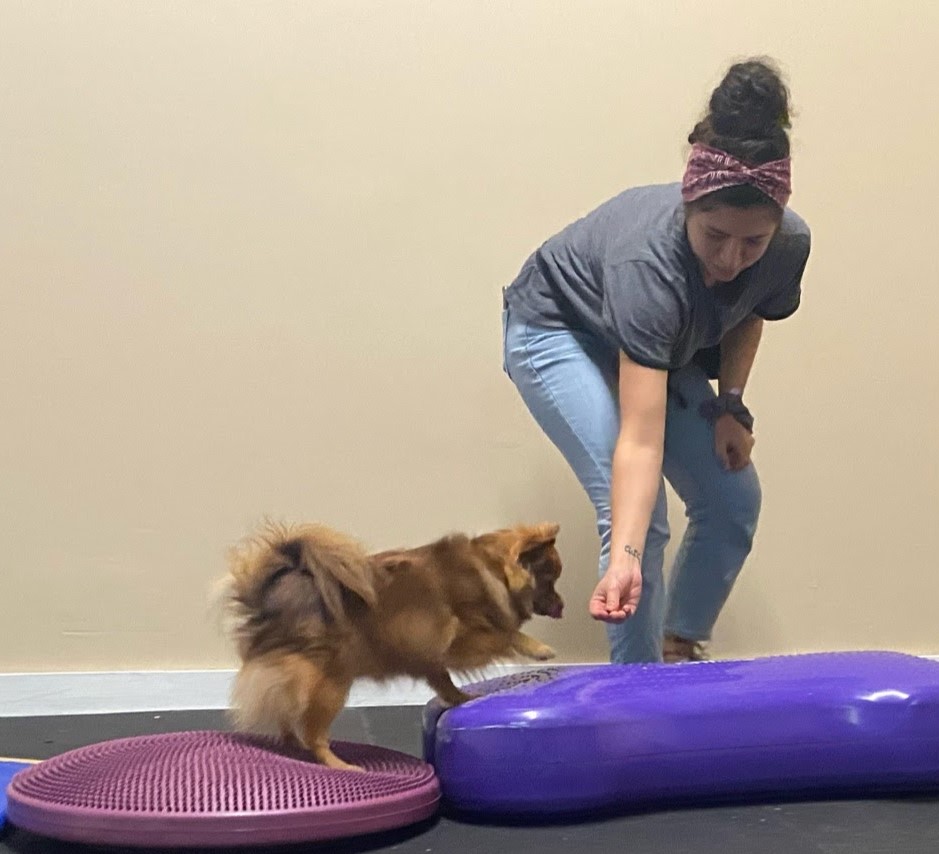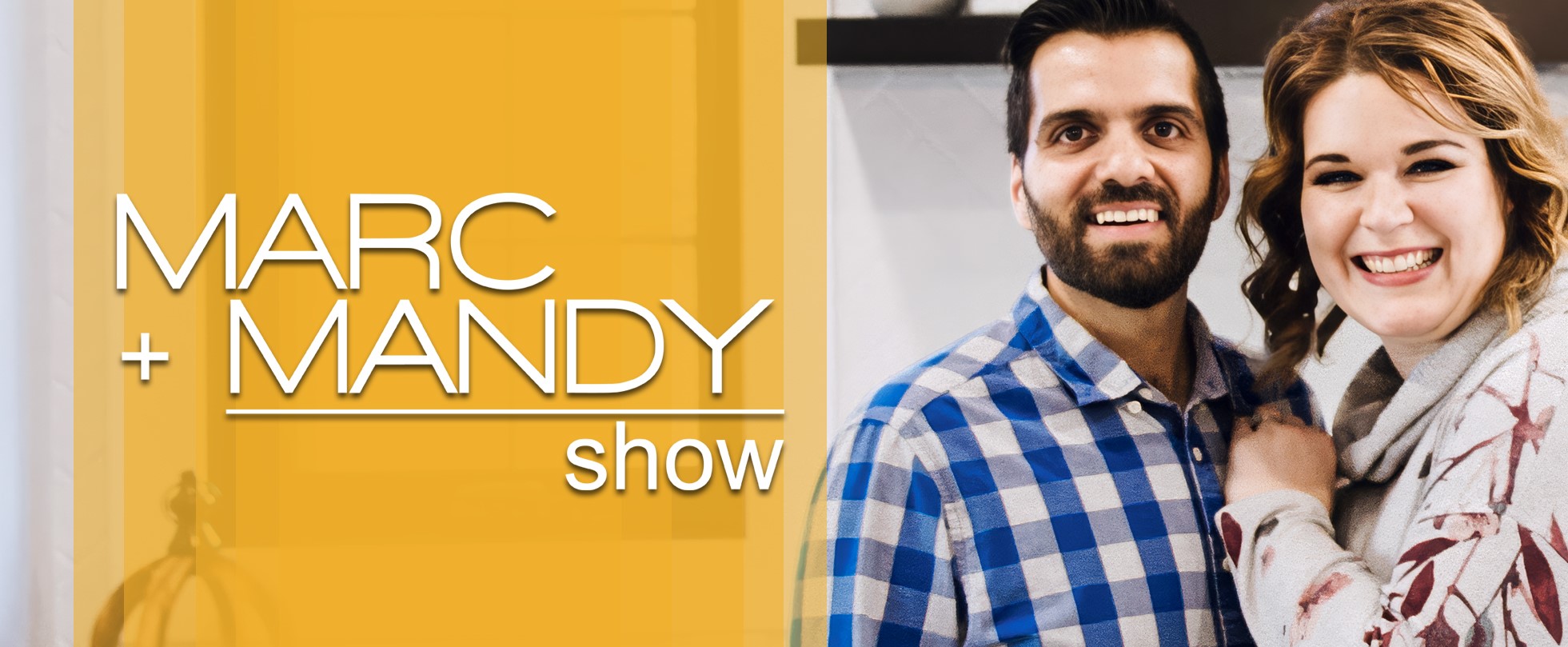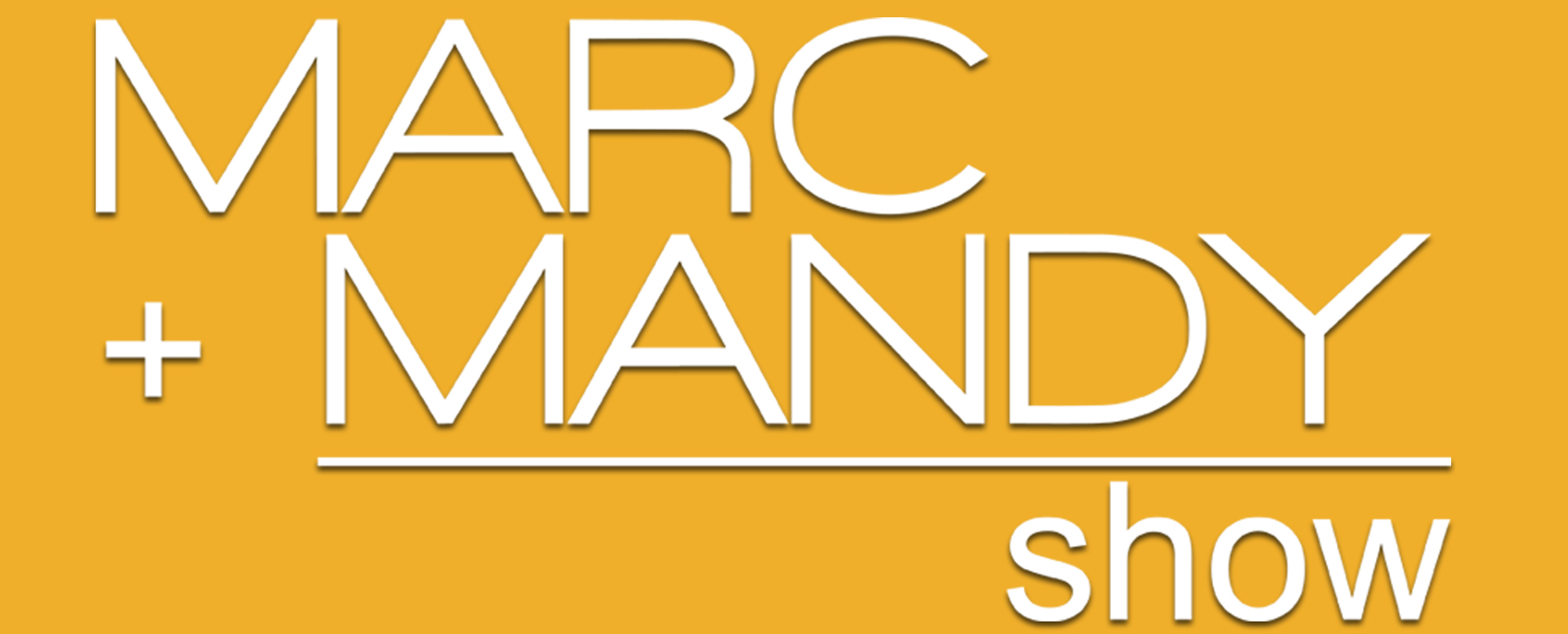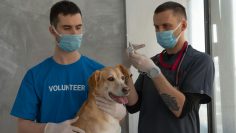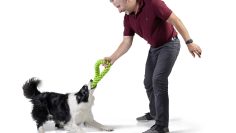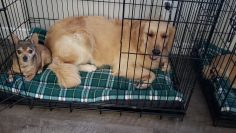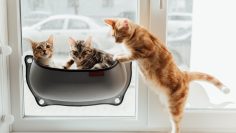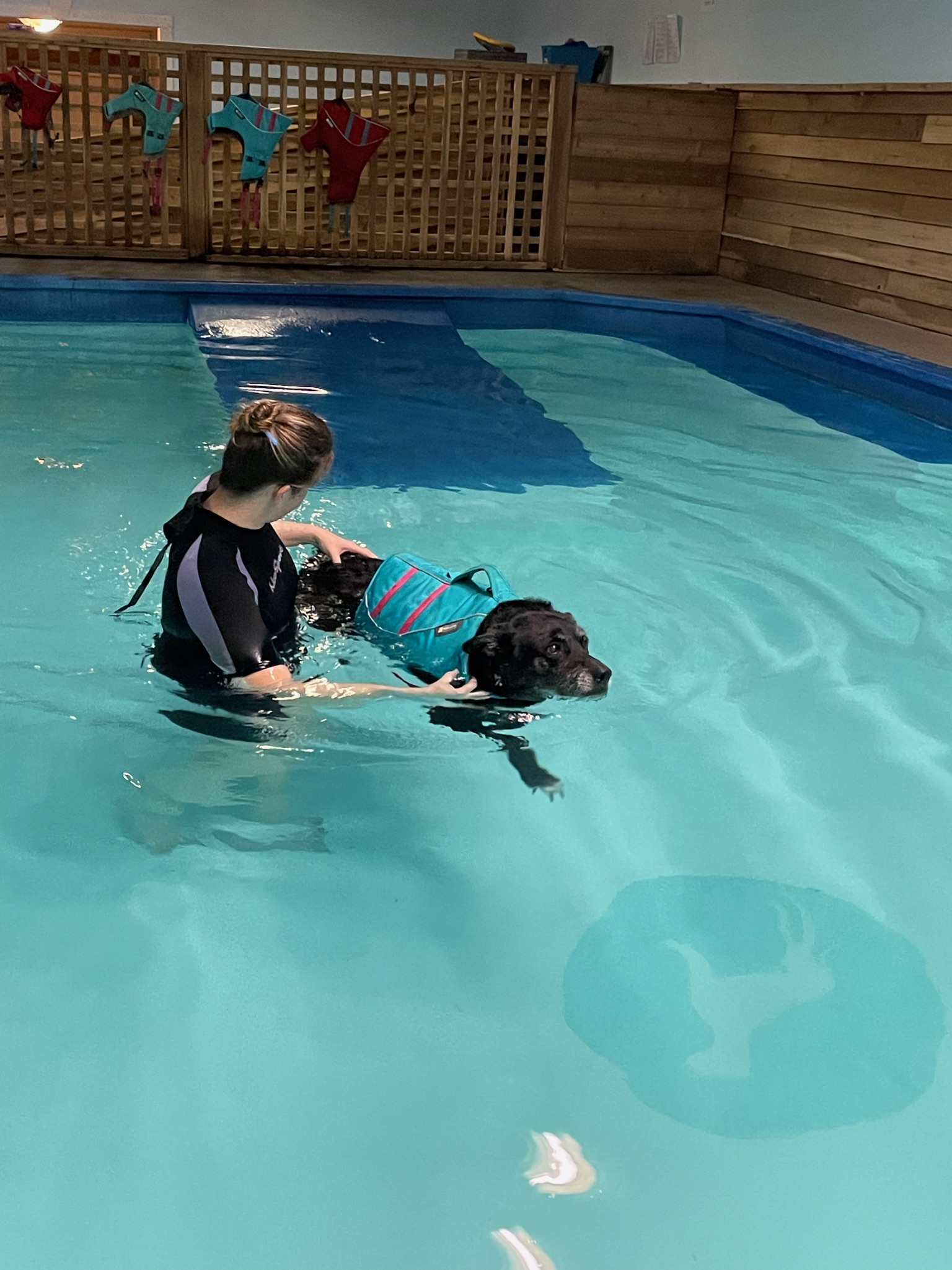
Excercise And Your Dog
PUPPIES Exercise not only helps build a puppy’s body, it also helps build their mind (helps with brain development). However, exercise that is not appropriate for the puppy’s stage of development can cause significant and irreversible damage. Puppies are more prone to injury and are not built for endurance. Appropriate exercise for puppies helps to increase bone density and cardiovascular function. This includes self-directed play (eg. exploring, sniffing, digging, play with a well-matched playmate), soft landings from furniture, etc. Stairs should be avoided until at least 3 months of age as they put excess strain on puppy’s joints.
EXAMPLES OF AGE-APPROPRIATE TRAINING
8 weeks to 6 months:
⇒ Self-directed play
⇒ Proprioception, balance, and flexibility exercises (eg. Stepping on different surfaces so they learn where to place their feet)
⇒ Jump training up to carpus (wrist) height only
⇒ Non-impact skill training (eg. Basic obedience – sit, down, come; also contact training)
6-14mo. (~20mo. if spayed or neutered) – neurons are now firing at full speed, so can add in:
⇒ Strength training exercises
⇒ Jump training up to elbow height
After 14mo. (~20 if spayed/ neutered), can now begin:
⇒ Jump training above elbow height
⇒ Weaving
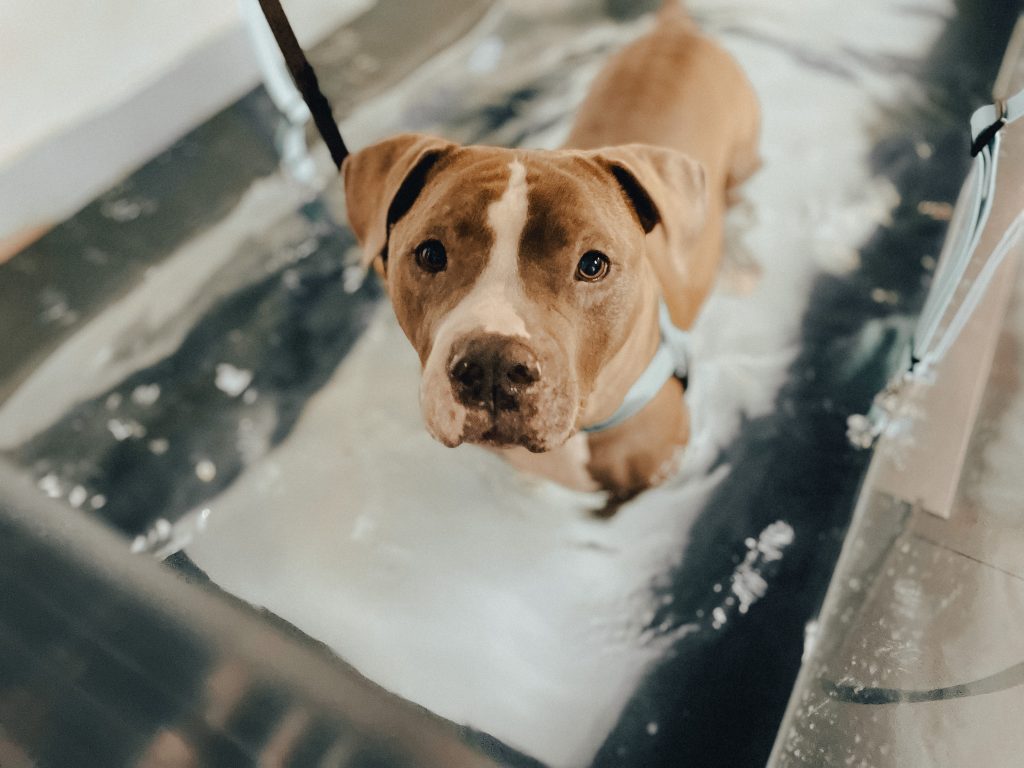
ADULT DOGS A dog doesn’t have to be a canine athlete to do athletic things. Any dog that jumps on and off furniture or in and out of the car, goes for hikes, chases a ball or plays at the dog park is using its muscles and impacting its joints in an athletic way. These dogs can benefit from a conditioning program to help keep them fit and decrease the risk of injuries.
SENIOR DOGS It is very important for senior pets to remain active as long as possible to help keep the joints lubricated and moving well (“motion is lotion”), but the types and frequency of activity needs to be considered. In general, lower impact, shorter duration, higher frequency exercise is easier on the joints. Taking the dog for 3-4 10-15min. walks per day, instead of an hour long walk once a day. You could also use balance equipment (such as in our self-serve canine gym) or hydrotherapy in an UWTM or pool where the buoyancy of the water takes pressure off the joints.
